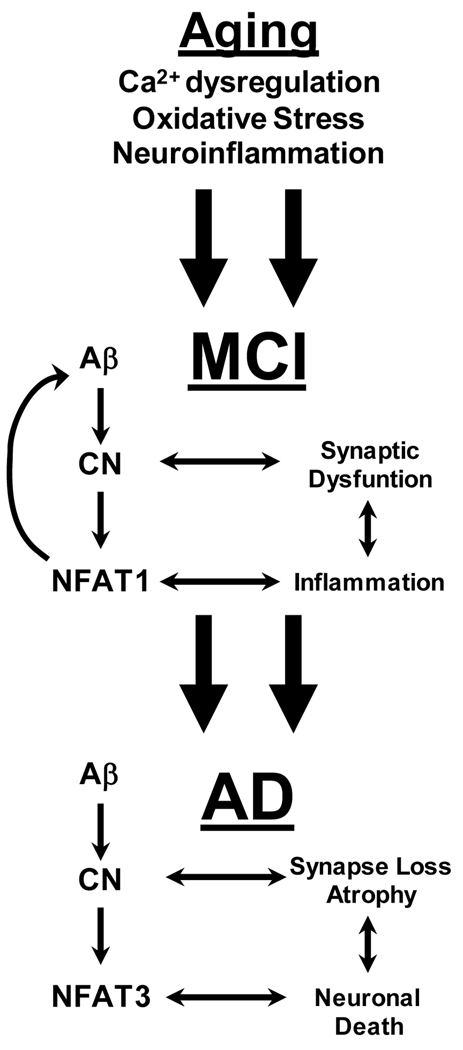Figure 1. Working model for the role of CN/NFAT signaling in AD.
During aging, gradual dysregulation of Ca2+, oxidative stress, and/or neuroinflammation lead to increased production of Aβ, increased activation of CN or both. In turn, aberrant CN activity leads to synaptic dysfunction and neuroinflammation, in part through increased stimulation of NFAT1. This chain of events leads to mild cognitive impairment (MCI). Note that cyclical interactions between neuroinflammatory processes (i.e. glial activation) and synaptic dysfunction) can maintain the CN/NFAT1 pathway in an activated state, which helps perpetuate deleterious neuronal and glial activities. NFAT1 also helps exacerbate amyloid toxicity through upregulation of BACE1 (see text). Eventually, these interactions progress to a degenerative state (i.e. Alzheimer’s disease) characterized by severe amyloidosis and severe Ca2+ dyshomeostasis leading to greater CN activity. CN triggers neuritic atrophy and cell death cascades through preferential activation of NFAT3.

